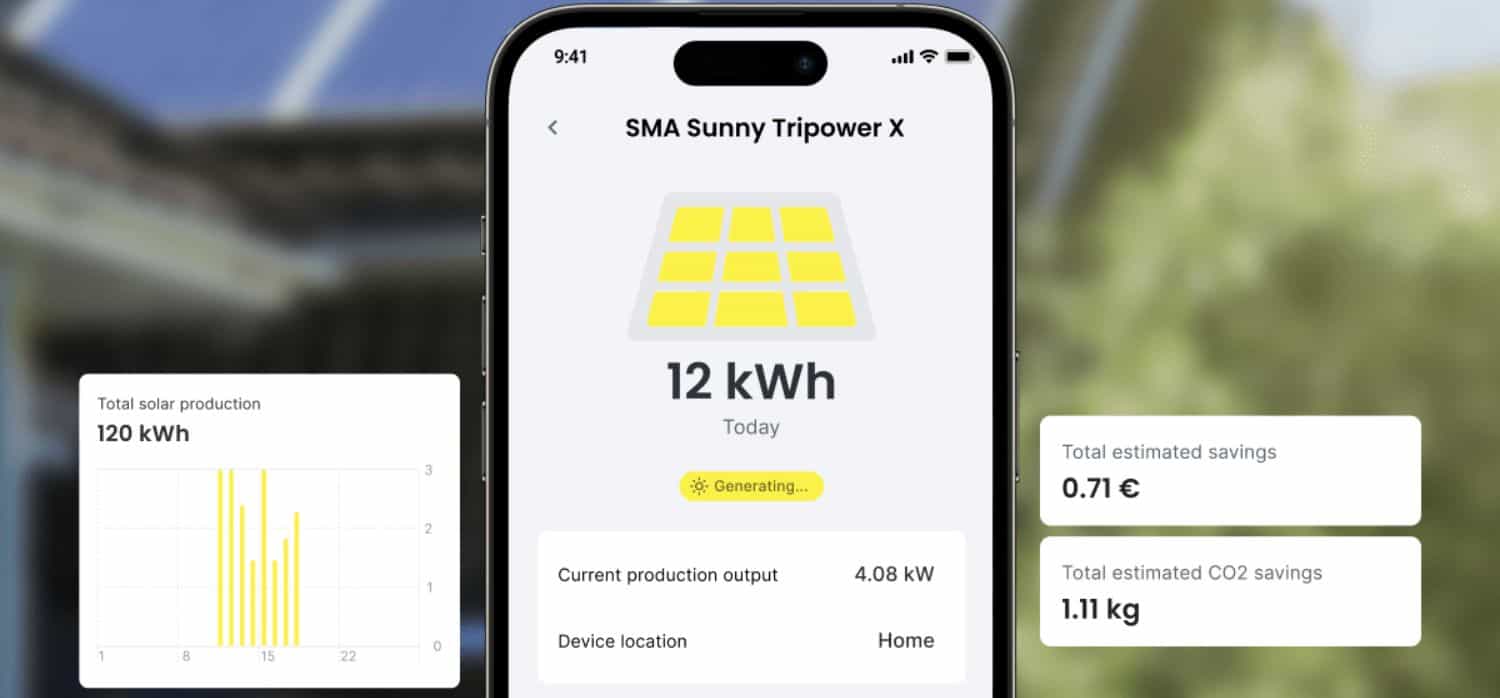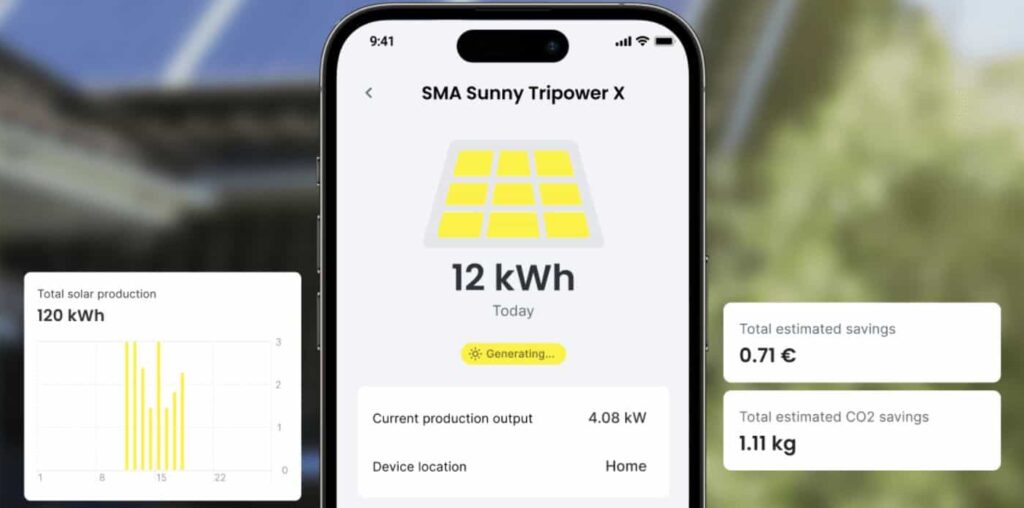
Spotted: It’s estimated that 80 per cent of the global power capacity increase needed to meet Net Zero by 2050 will come from intermittent sources such as wind and solar. This means our grids need a revamp, with more flexibility on the demand side to balance our consumption with new renewable sources. Rising to meet this need, Finland-based Synergi is tapping into household-owned energy assets to build a more responsive and adaptive electrical grid.
Synergi’s platform empowers homeowners to utilise assets like EVs, heat pumps, and solar panels as tools for energy flexibility. By aggregating these assets, the company forms Virtual Power Plants (VPPs) for homes, enabling users to shift consumption to times when energy is cheaper and greener (like when there is a surplus of electricity in the grid). This model not only reduces costs, with initial use cases reporting 50 per cent savings on EV charging and 20 per cent on heating annually, but also allows utility providers to ease grid demand during peak times, leading to improved grid stability.
“If we don’t combine electrification demand with household flexibility, our grids will struggle (…) Already today, replacing grid infrastructure is more expensive than developing software-only systems to balance supply and demand from a household perspective.” Synergi’s CEO and co-founder Antti Hämmäinen told Springwise. He went on to explain Synergi’s focus on a seamless end-user experience, which offers a product-led alternative to the traditionally rigid energy sector, with the vision to “build an all-in-one service for households and utility companies alike.”
Synergi recently completed a €2 million seed funding round led by Greencode Ventures, one of the few female-led, green-energy-focused VC firms in Europe. With this money the company aims to expand its model across the Nordics and central Europe, supporting growth through recruitment and targeting regions already equipped with the infrastructure for smart, flexible energy contracts. According to Hämmäinen, the next steps on the product side include adding new features like battery and water heating management, and broadening flexibility offerings from both the demand and supply side.
Written By: Oscar Williams

